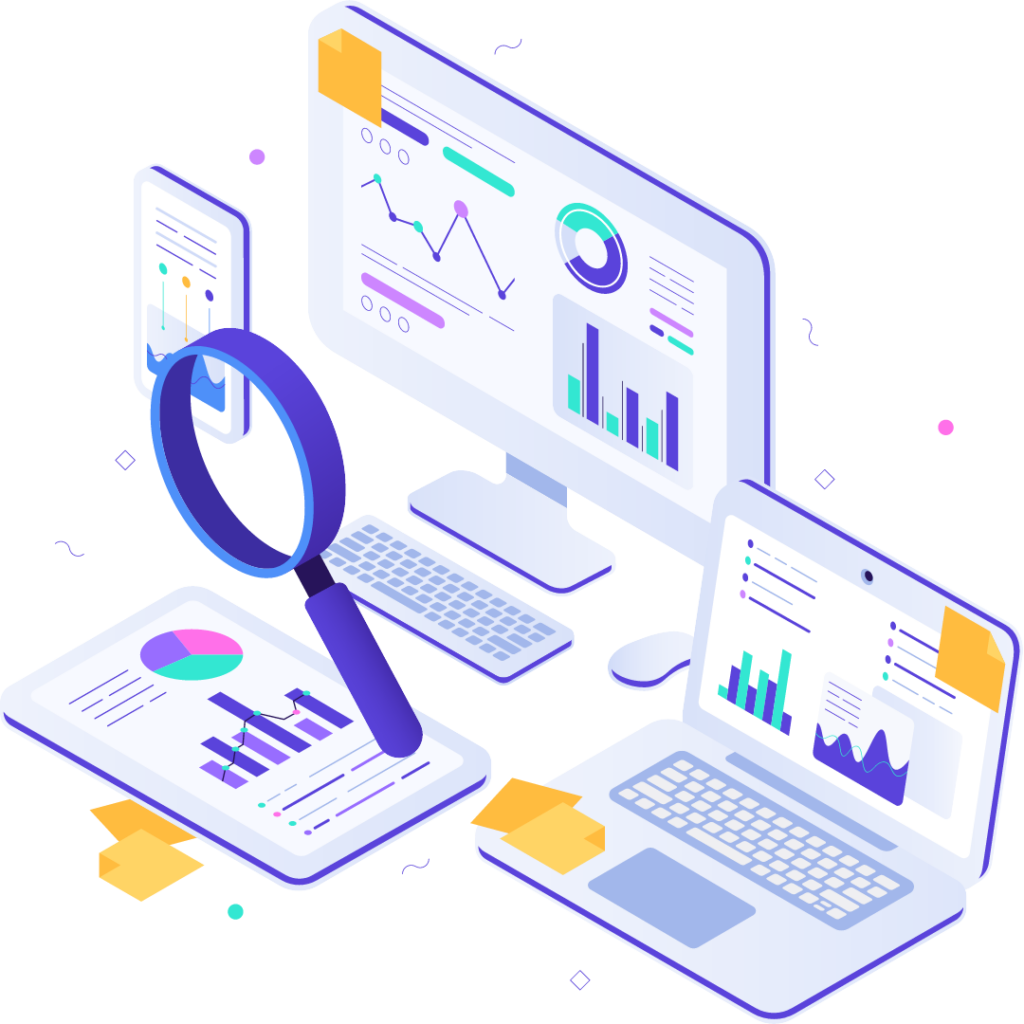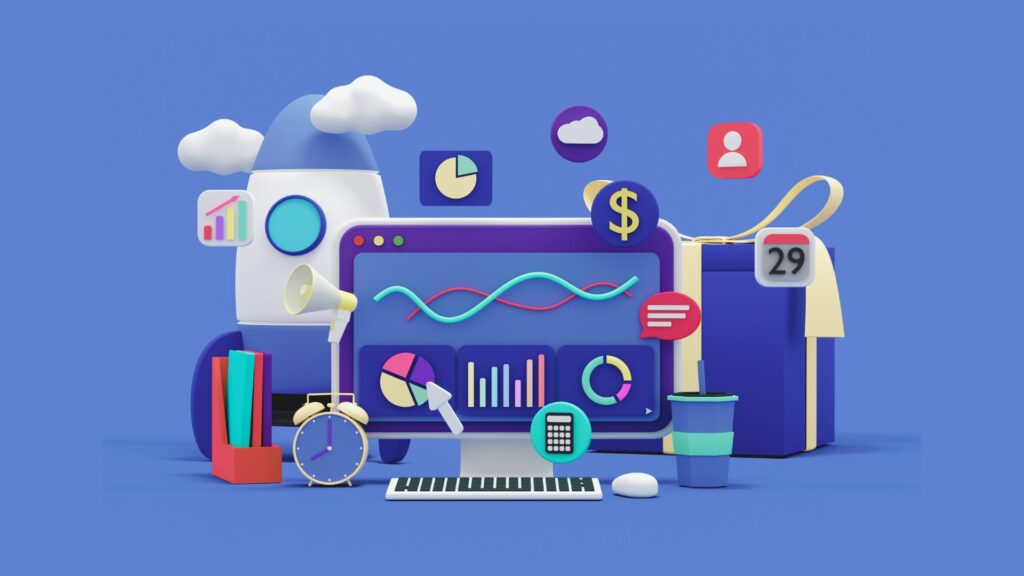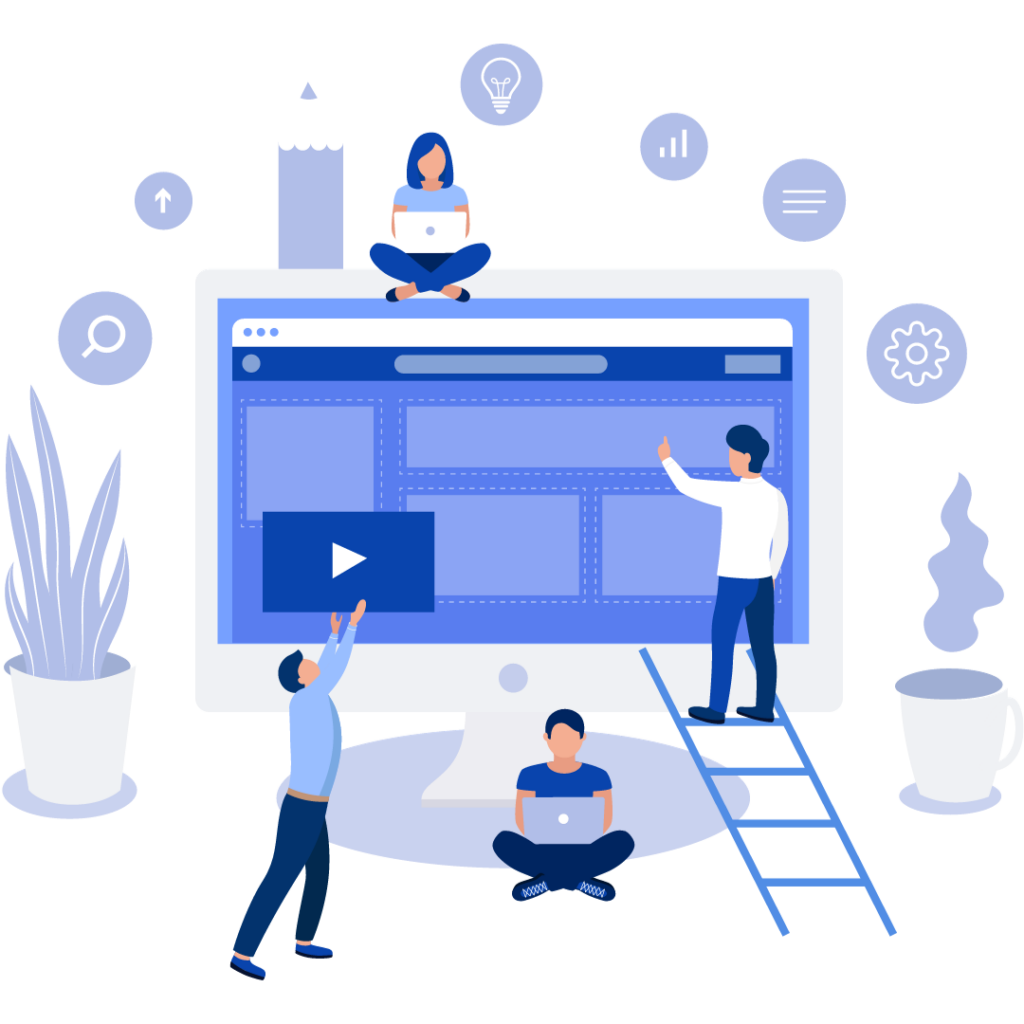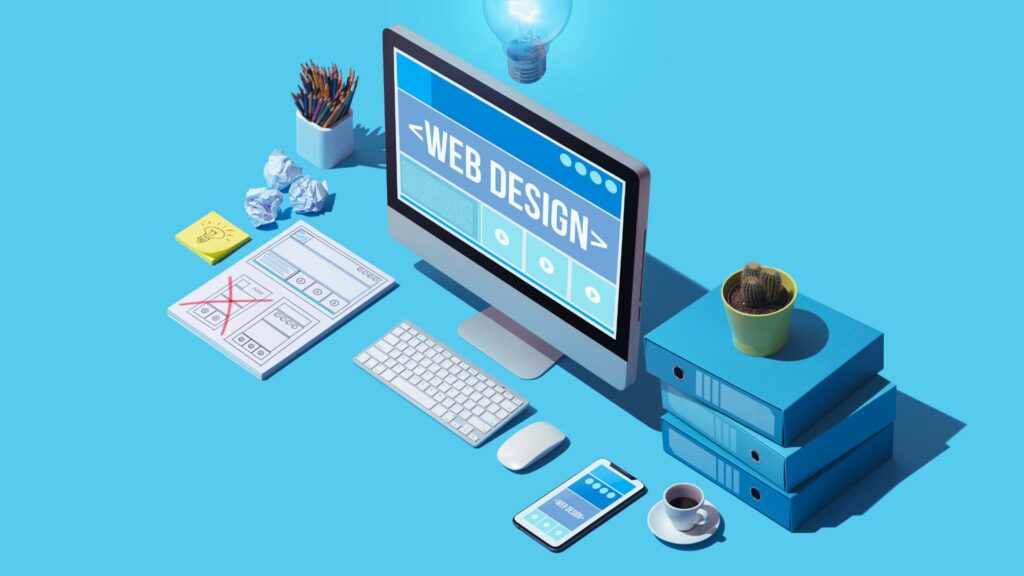The Close Relationship Between SEO and Web Design and How to Leverage it.

In the vast expanse of the world wide web, web design and SEO are like two threads weaving the intricate fabric of a successful website. Their interconnectedness is not just beneficial but vital for those looking to establish a robust online presence.
Just building a website does not mean that website will be seen in today’s busy online landscape, and SEO is useless without a website to Cater it to.
In this blog we will explore 7 of the best ways SEO and Web design can be used in creating a website that will rank higher by going over:
1. User Experience (UX) and SEO
3. Website Speed and Optimization
6. Internal Linking and Navigation
With this information, you will have the tools to start growing traffic to your website and your business. Let us start.
1. User Experience (UX) and SEO
User experience, or UX, is the essence of any commendable web design. It encapsulates the entire journey a user undertakes when navigating through a site—from the visual appeal to the ease of finding information.
A smooth UX translates to longer site engagement, fewer bounces, and more conversions. SEO, meanwhile, thrives on these very factors. Google’s algorithms, with their evolving sophistication, now recognize and reward sites that put users first.
For instance, according to a study by SEMrush, user behavior signals like time on site, pages per session, and bounce rate significantly influence web pages rankings.

2. Mobile-Responsive Design
In 2021, 55% of global internet traffic came from mobile devices. A site that doesn’t cater to mobile friendliness is inherently at a disadvantage.
Mobile responsiveness isn’t just about scaling content; it’s about reimagining the design to be touch-friendly, easily navigable on smaller screens, and lightning-fast. Google’s mobile-first crawl and indexing is a testament to this shift, prioritizing mobile-optimized sites in search results.
3. Website Speed and Optimization
Imagine landing on a website and waiting… and waiting… only for it to load partially or not at all. Frustrating, right? Speed is a silent UX enhancer. Statistics indicate that a mere 1-second delay in page load can lead to a 7% reduction in conversions.
From the SEO perspective, website speed is a confirmed ranking factor. Google’s Core Web Vitals update emphasizes user-centric metrics, including speed, to determine rankings.
Important parts like can significantly boost page speed loading times:
- Compressed images,
- Reduced server response times,
- Streamlined code

4. Well-Structured Content
While compelling content captivates readers, its presentation is equally crucial. An organized layout, using hierarchical headers, ample white space, and legible fonts, can enhance readability manifold.
Moreover, structured content, marked by elements like schema markup, aids search engine crawlers in interpreting and appropriately indexing the content. For instance, an FAQ section using proper schema can lead to rich snippet results on Google, enhancing visibility and click-through rates.
Well designed websites will often have a clear and concise URL structure as well to help with page title tags and finding relevant information on within your site design.
5. On-Page SEO Elements
Think of on-page SEO elements as signboards in a vast digital city—they guide, inform, and enhance visibility. Elements like meta tags offer a sneak peek into a page’s content, influencing click-through rates from search results.
Image alt text, meanwhile, not only makes designs accessible to visually impaired users but also provides context to search engines, which can’t “see” images but can read the associated text.

6. Internal Linking and Navigation
An effective internal linking strategy is akin to the layout of a well-designed mall—you can effortlessly move from one section to another, finding related items without getting lost.
Web design facilitates this through intuitive menus, breadcrumb trails, and related content widgets. SEO benefits from internal linking as it distributes page authority, helping lesser-known pages gain visibility.
For instance, a well-placed link on a high-traffic page can funnel visitors to a newer post, boosting its reach and SEO value.
7. SSL and Website Security
In the digital age, security is paramount. SSL—signified by the ‘https’ and padlock icon in browsers—encrypts data between users and websites.
While it instills trust in users, making them more likely to engage or shop, it also influences SEO. Since 2014, Google has considered HTTPS a ranking signal, giving secure sites an edge in search results.
When harmoniously integrated, web design and SEO don’t just coexist—they flourish. They’re two pieces of a jigsaw puzzle that, when put together, create a coherent, engaging, and search-friendly website.
This blog has given you information on the user experience, responsive design, speed and optimization, structure, On-Page SEO, Links and Navigation, and finally security, and how they all affect both your design and SEO for your site,
As the digital realm becomes even more competitive, understanding and leveraging this symbiotic relationship is the key to standing out.